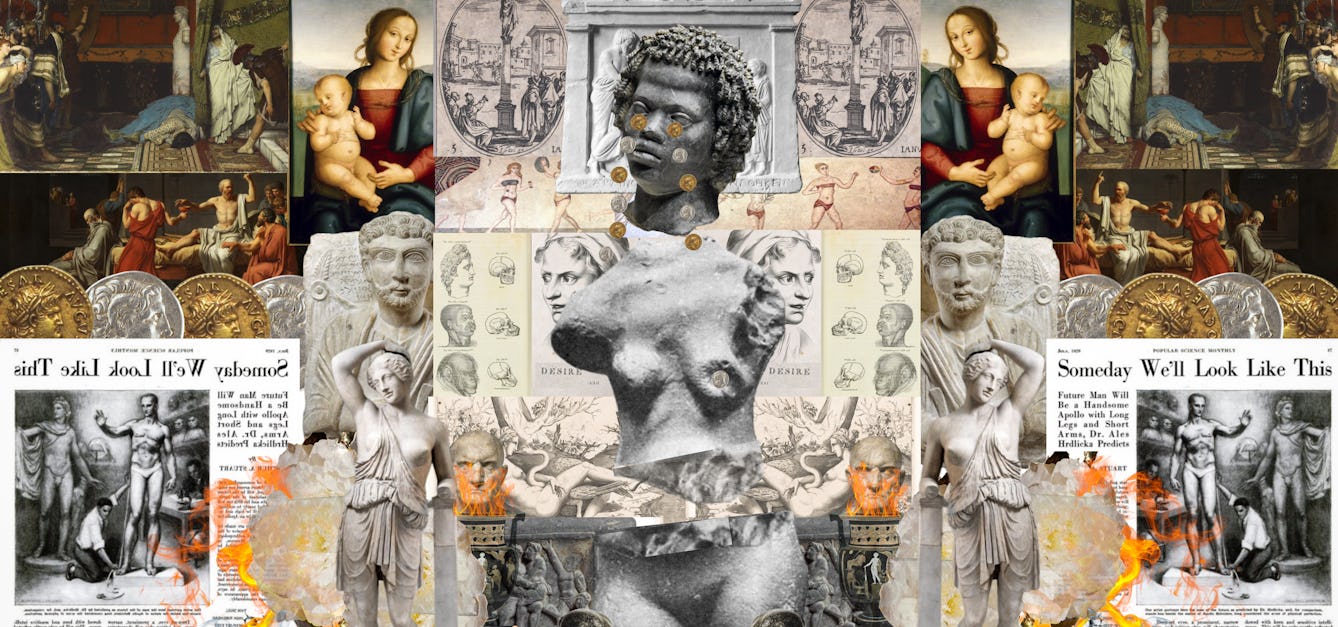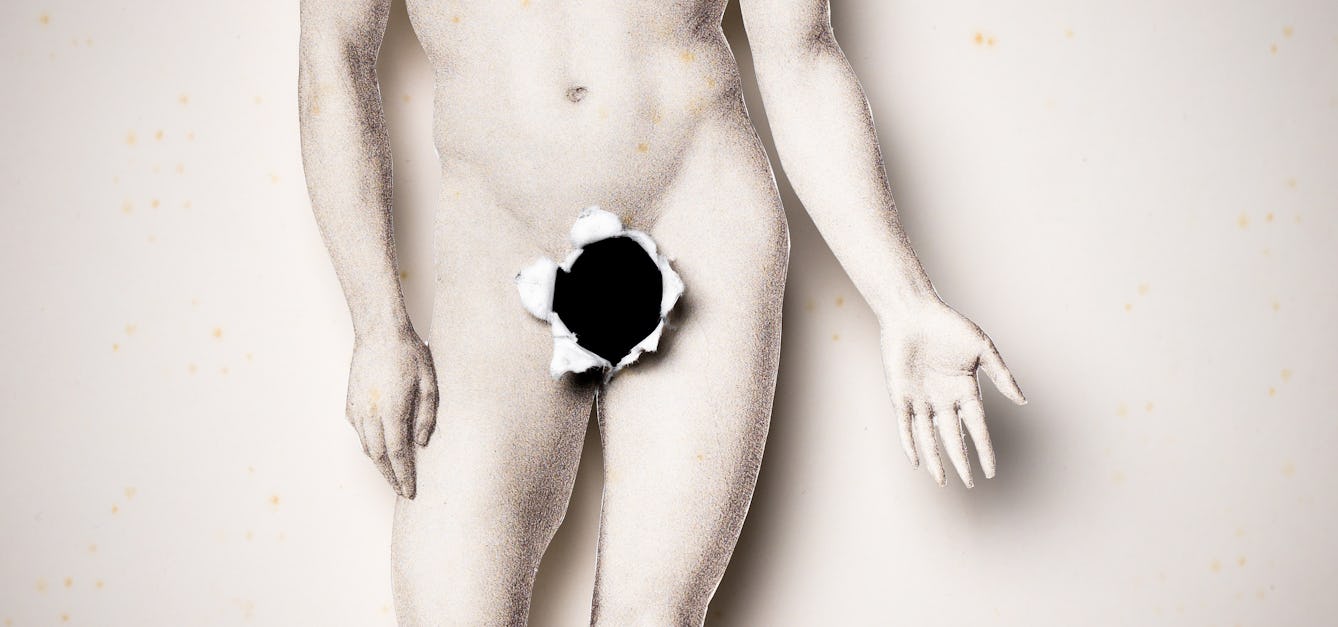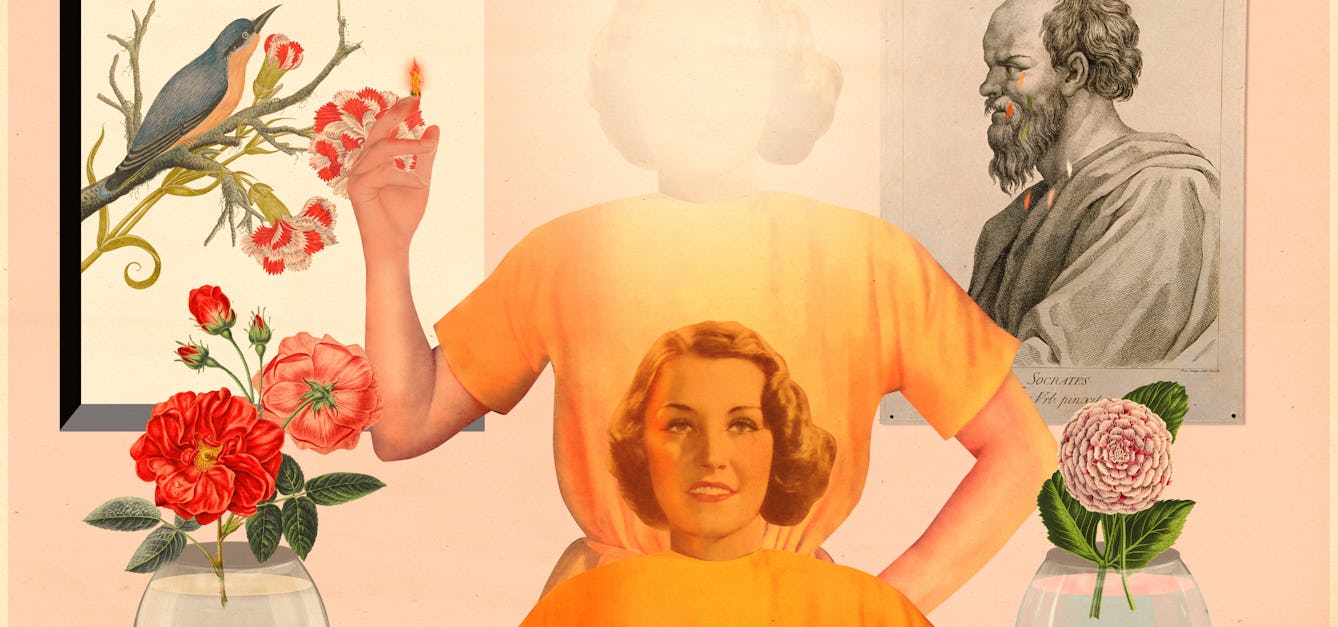Stories

- Book extract
Naked, not nude
Classicist Caroline Vout argues that it’s time to take the dust covers off the Ancient Greeks and Romans, and to encounter their bodies not nude, but naked.

- Book extract
The castration effect
Discover how testosterone – or the lack of it – affects the male body, from eunuch slaves to castrato singers, and on to hormone reduction in modern prostate cancer treatment.

- Article
The cures and demons of sleep paralysis
Discover the murky past of sleep paralysis, the terrifying disorder once associated with demonic possession

- Article
Living with less for spiritual gain
Today, a minimalist lifestyle is trumpeted as a route to happiness. Find out what religious ascetics from history and modern proponents of the spartan-looking home can teach us.
Catalogue
- Books
Measuring sex, age and death in the Roman Empire : explorations in ancient demography / by Walter Scheidel.
Scheidel, Walter, 1966-Date: 1996- Books
The Roman Empire / Paul Veyne ; Arthur Goldhammer, translator.
Veyne, Paul, 1930-2022Date: 1997- Books
Paganism in the Roman Empire / Ramsay MacMullen.
MacMullen, Ramsay, 1928-2022.Date: [1981], ©1981- Books
Patients and healers in the High Roman Empire / Ido Israelowich.
Israelowich, Ido, 1972-Date: [2015]- Books
Doctors and diseases in the Roman Empire / [Ralph Jackson].
Jackson, Ralph.Date: 1988









